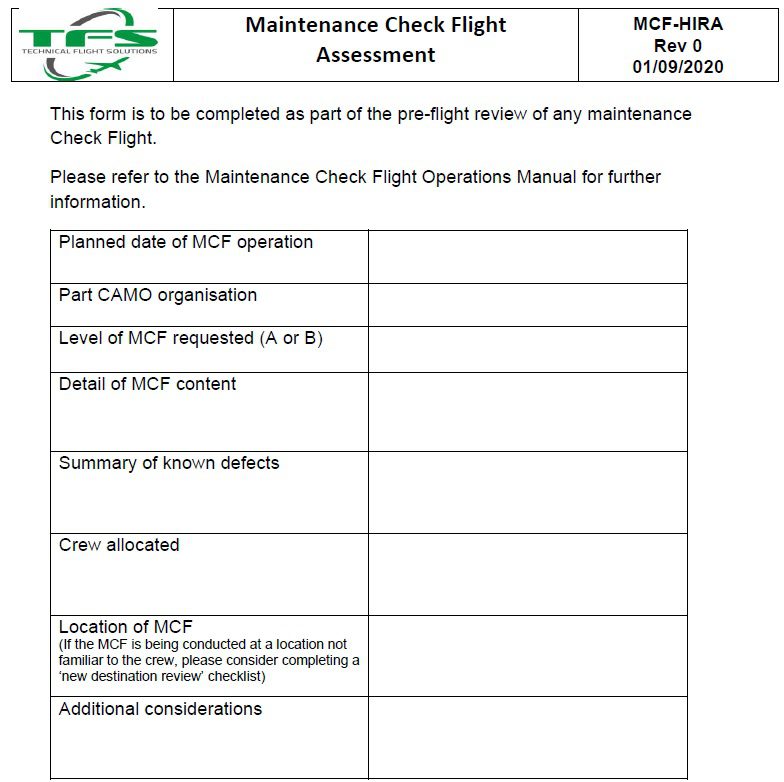HIRA – Hazard Identification & Risk Management in use- Camo Awareness
We have looked at risk identification and management in prior posts; so how might you use some of these principles in practice – we will consider an example of how your assessed risk and mitigation can demonstrate any considered impact upon your operation.
While we can consider an example in many different contexts and there are other methodologies available, for our consideration we will use a HIRA (Hazard Identification & Risk Assessment).
A HIRA typically contains several steps such as:
- Hazard Identification.
- Risk Assessment.
- Control Measures.
- Append to risk register and document HIRA.
- Implementation and subsequent reviews.
Note that you then end up with a register of identified hazards / risks and their associated scores with mitigations. Typically, these HIRA’s can then the documented and stored in a spreadsheet for visual reference, or other such document.
Now moving onto our example: – As part of a lease transition we need to operate a nonstandard flight on an aircraft which would fall under Part NCC – Non-commercial operations for complex aircraft as this regulation covers the operation of
– Demonstration Flights & Ferry Flights
We must ensure that we use an appropriately approved organisation when carrying out such requirements due to the additional risk.
In this real-world example courtesy of Technical Flight Solutions (https://technicalflightsolutions.com) we can demonstrate how an effective risk management and mitigation register can be used to ensure that our operation and required diligence / considerations are achieved and documented.
Using a document such as the example image, you can demonstrate and capture any identified risk for an operation; remember that the HIRA works together with your existing procedures, processes, and risk register.
We can consider the risk identified for the specific task then against that which we have already identified and mitigated to date in our risk register.
Note that the existing risk register with the already identified risks as discussed in a prior post will have been considered against a risk evaluation matrix which in turn creates a numerical risk assessment value and clearly demonstrates a value to which we can determine if a risk acceptable or not.
As this is a nonstandard flight it might well create additional risk that a normal routine scheduled flight will not. You can note from the attached image that a basic flight summary along with additional controlling measured (mitigations) which an appropriately approved organisation will have in place can assist in identifying the risk associated with the flight request.
We can review the summary of the flight request against identified risks in the register and with their mitigations ensure that we are safe to operate the required flight as determined by regulations for nonstandard operations such as Demo and Ferry Flights.
Follow us to learn more and why not look at the different courses we offer including Risk & Safety Management https://ialta.aero/aviation-courses/risk-safety-management
#ialta #aircraftmanagement #aircraftleasing #aircraftengineer #aircraftparts #aircraftengines #aircraftmechanic #onlinelearning #aircraftsales #sms #riskmanagement #camo #continuousimprovement #riskassessment #technicalflightsolutions #tfs
